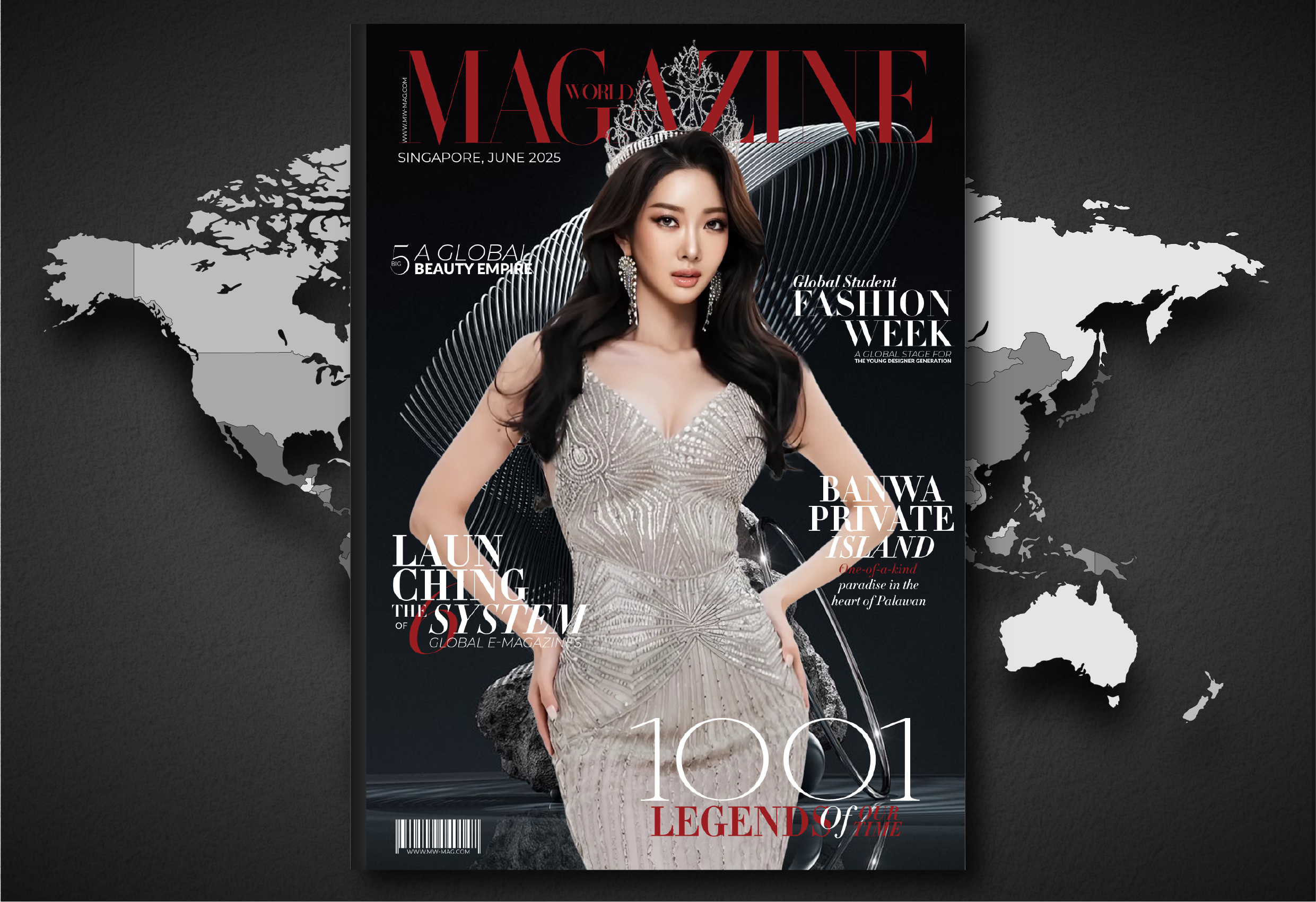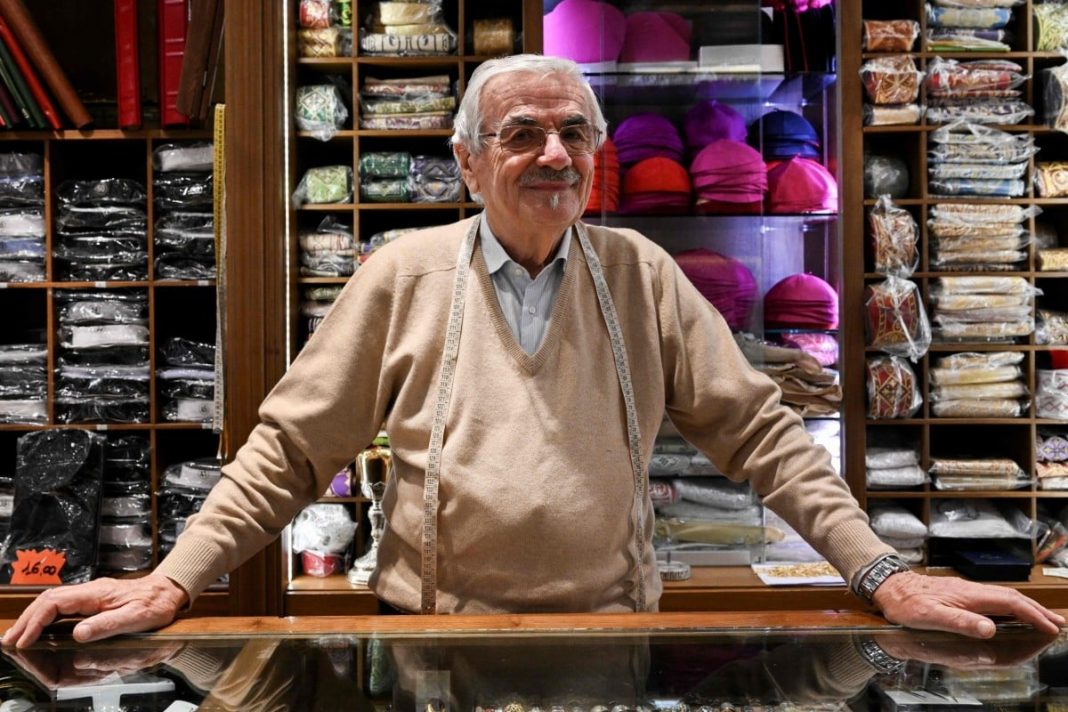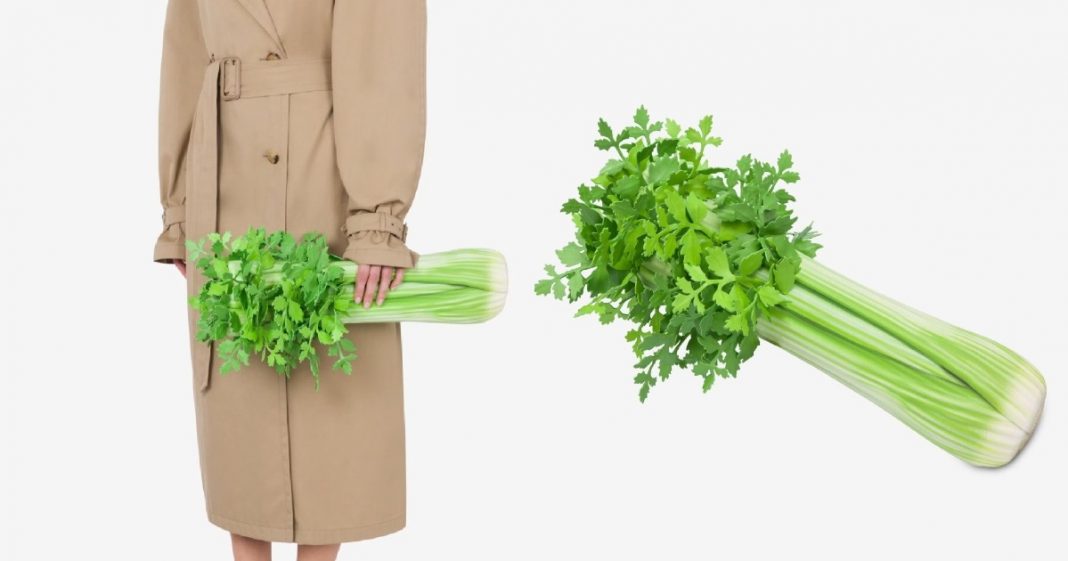Jean-Charles de Castelbajac has dressed pop stars including Rihanna, and a pope. Now he’s designed priestly robes for Notre Dame’s reopening.
When the Notre Dame cathedral burned in April 2019, Jean-Charles de Castelbajac felt compelled to act.
The French fashion designer – a believer with personal roots in the church – began sketching ideas, imagining the monument’s reconstruction.
So, when the Paris Archbishop’s emissary approached him to design the liturgical garments priests wear during worship for the cathedral’s reopening next month, Castelbajac felt the moment transcended mere coincidence.
“It’s bigger than a job. It’s a bit mysterious,” Castelbajac said as he previewed some of the 2,000 colourful pieces for 700 celebrants at his Paris home. “It’s a calling. To be called like that is synchronicity.”
This duty, as he calls it, led to a collection of garments – many in thick off-white Scottish wool gaberdine – that blend his signature pop-art aesthetic with medieval touches that show a reverence for the cathedral’s centuries-long legacy.
The unorthodox designs are fun, modern – and perhaps shockingly minimalist.
They undoubtedly break with the richly embellished styles associated with the near-900-year-old cathedral’s liturgical garb. At their centre is a large gold cross, accented by fragments of vivid colour-blocked red, blue, yellow and green velvet.
“It’s something that is exploded that reconstructs itself,” Castelbajac said, likening the dissipated shards coming together on the fabric to the cathedral’s own rebirth.
The commission was not subject to an open call. Instead, Castelbajac was hand-picked by the Catholic leadership because of his history of designing for the church.
It was such an intense moment … I was thinking, what can I do?
Jean-Charles de Castelbajac on seeing Notre Dame burning
In 1997, he designed the rainbow-coloured robes worn by Pope John Paul II for World Youth Day in Paris, garments later enshrined in Notre Dame’s treasury as a relic.
That connection carried a special weight during the fire. “As I watched the fire, I was thinking, ‘Are the relics burning? Are the relics safe?’ So my link was not just material. It’s really a strong spiritual link,” he said.
For Castelbajac, 74, the memory of those two hours in 2019 spent watching the fire with his wife amid people praying on their knees still evokes both grief and determination.
“It was not Notre Dame burning. It was hope burning. It was spirituality burning. It was such an intense moment … I was thinking, what can I do?” he said.
The vestments he has designed, which will be worn in liturgies permanently – forever, as Castelbajac put it – carry a sense of continuity with his past work. The designs are a variation on the pontiff’s robes, infused with Castelbajac’s signature aesthetic: bright, almost childlike hues that evoke optimism.
Castelbajac’s fascination with colour began as a child in a military boarding school in Normandy, an experience he recalled as stifling and grey. “It was the absolute loneliness. It was colourless,” he said.
For the young boy, colour became a lifeline.
“Colour was like my teddy bear, my transitional element in a world of conflict. Each morning, there was the stained glass in the church and the coats of arms in the refectory that filled my world with primary colours,” he explained.
This obsession would define his career, earning him a reputation as a provocateur in the fashion world.

Castelbajac has dressed pop-culture royalty for decades: Madonna in her teddy bear coat, Beyoncé in sequins, Rihanna in a Donald Duck costume. Collaborating with artists Andy Warhol, Keith Haring and Jean-Michel Basquiat, he fused art and fashion.
His work for Notre Dame strikes a different, more personal chord.
The playful vestments might raise eyebrows among traditional Catholics, but he has no doubt about the faith Notre Dame’s leadership placed in him. “Maybe I have the trust of the archbishop,” he mused, reflecting on the “carte blanche” he said he received for his designs.
The result is a modern-looking body of work that reflects the unity, hope, and rebirth symbolised by Notre Dame itself.
When the cathedral reopens on the weekend of December 7-8, Castelbajac hopes the vestments will be viewed by the world as a testament to renewal and the “power of colour” to heal and inspire.



